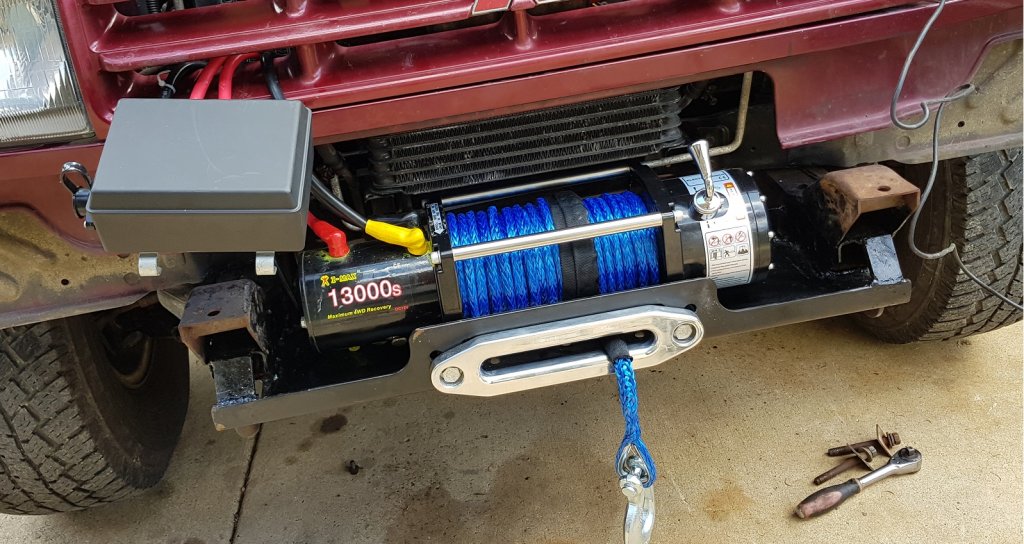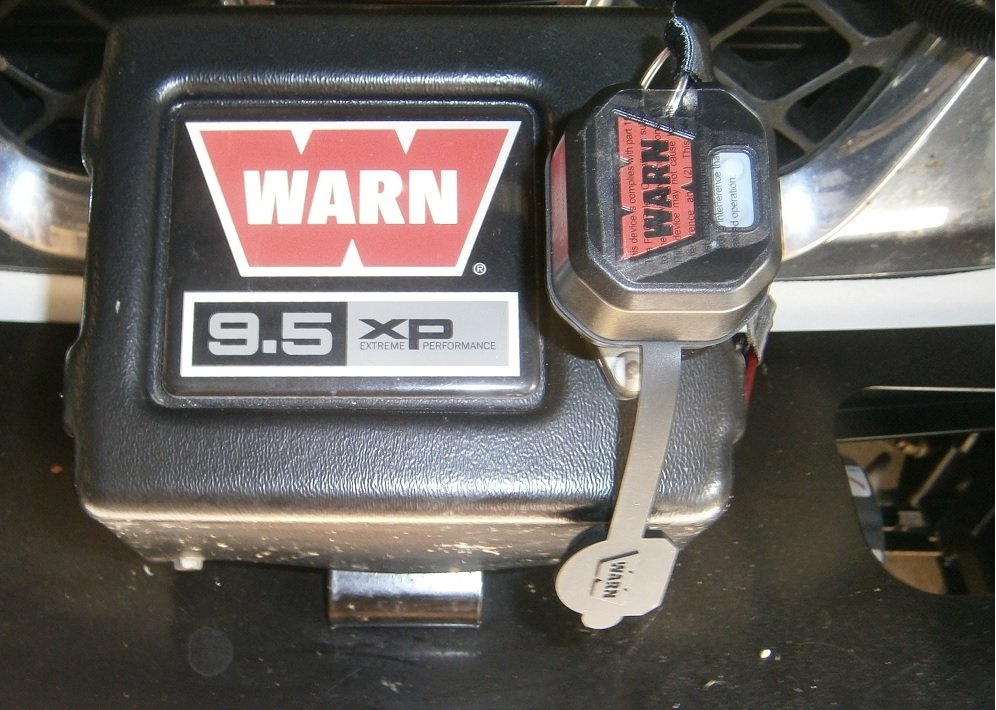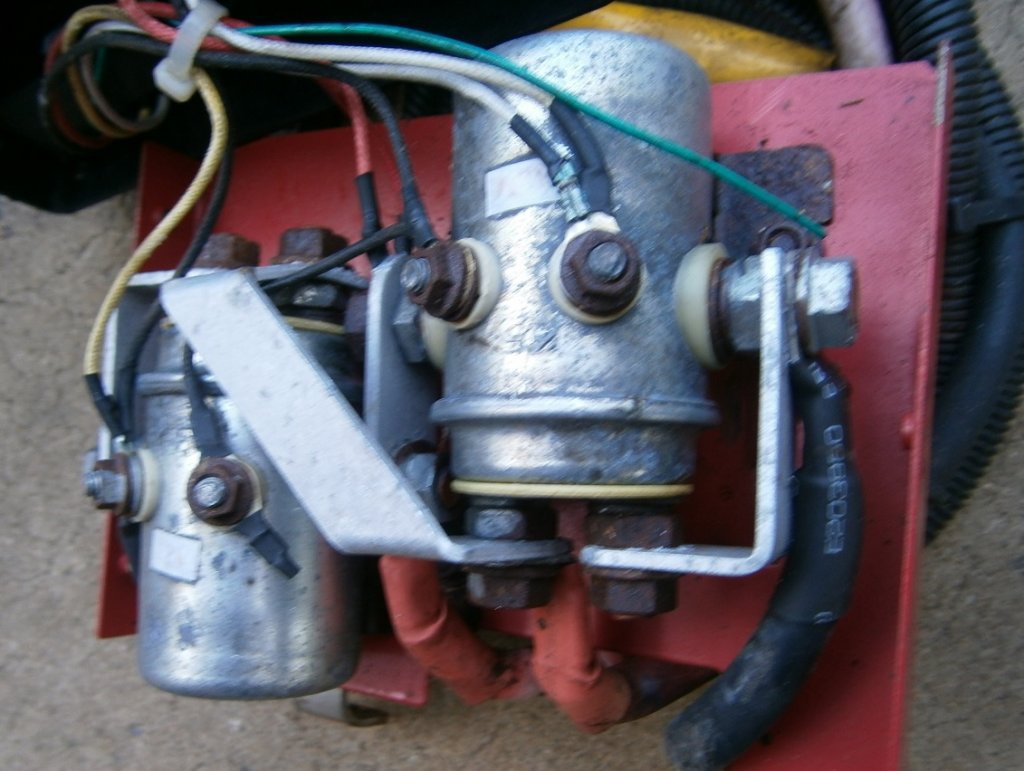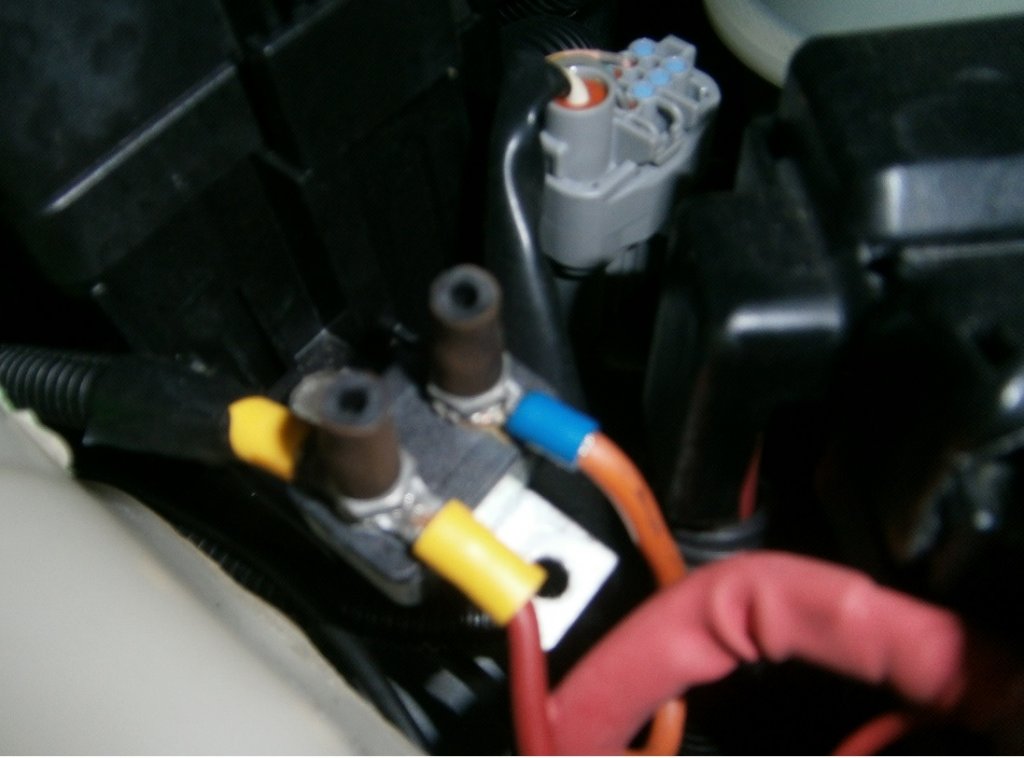- Joined
- Jan 2, 2017
- Messages
- 2,328
- Reaction score
- 3,015
After working on a friends 4x4. I noticed his isolator switch was connected via the negative pole. This is the standard way most vehicles will be wired up for total isolation.
But NOT your winch.
Secondly he had it on the bar itself. WRONG again.
Why.....
firstly, if you submersed you vehicle in a creek crossing, and you have no isolation, water can make a contact current to the negative poles on the solenoid(s).
Thus your winch can automatically startcranking in by itself, destroying the winch, and depending on where you keep your hook, bending your bar.
if you have an isolator hooked up through the negative, this can still happen with the negative running up the the bar/ vehicle.
But with isolating the positive, this can't really happen.
handy place for the isolator on the bar, but again if submersed, the current will bypass the switch. So up high and dry in the engine bay.
Tip....
a male and female 7 pin trailer connectors are a good bayonet behind the bar, connecting blinkers, spot lights etc. A simple seperation if you ever need to split the bar the vehicle.
But NOT your winch.
Secondly he had it on the bar itself. WRONG again.
Why.....
firstly, if you submersed you vehicle in a creek crossing, and you have no isolation, water can make a contact current to the negative poles on the solenoid(s).
Thus your winch can automatically startcranking in by itself, destroying the winch, and depending on where you keep your hook, bending your bar.
if you have an isolator hooked up through the negative, this can still happen with the negative running up the the bar/ vehicle.
But with isolating the positive, this can't really happen.
handy place for the isolator on the bar, but again if submersed, the current will bypass the switch. So up high and dry in the engine bay.
Tip....
a male and female 7 pin trailer connectors are a good bayonet behind the bar, connecting blinkers, spot lights etc. A simple seperation if you ever need to split the bar the vehicle.









